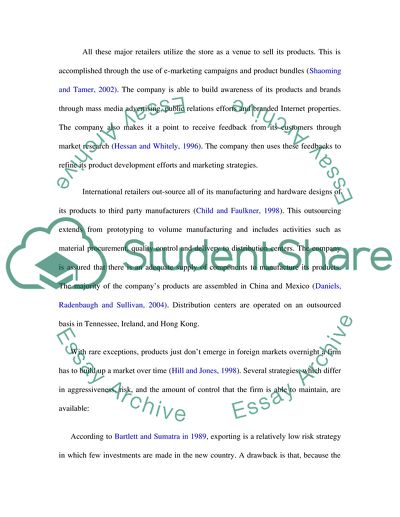Cite this document
(“STRATEGIC MANAGEMENT: INTERNATIONAL EXPANSION OF WAL-MART (CASE STUDY) Essay”, n.d.)
STRATEGIC MANAGEMENT: INTERNATIONAL EXPANSION OF WAL-MART (CASE STUDY) Essay. Retrieved from https://studentshare.org/miscellaneous/1540612-strategic-management-international-expansion-of-wal-mart-case-study
STRATEGIC MANAGEMENT: INTERNATIONAL EXPANSION OF WAL-MART (CASE STUDY) Essay. Retrieved from https://studentshare.org/miscellaneous/1540612-strategic-management-international-expansion-of-wal-mart-case-study
(STRATEGIC MANAGEMENT: INTERNATIONAL EXPANSION OF WAL-MART (CASE STUDY) Essay)
STRATEGIC MANAGEMENT: INTERNATIONAL EXPANSION OF WAL-MART (CASE STUDY) Essay. https://studentshare.org/miscellaneous/1540612-strategic-management-international-expansion-of-wal-mart-case-study.
STRATEGIC MANAGEMENT: INTERNATIONAL EXPANSION OF WAL-MART (CASE STUDY) Essay. https://studentshare.org/miscellaneous/1540612-strategic-management-international-expansion-of-wal-mart-case-study.
“STRATEGIC MANAGEMENT: INTERNATIONAL EXPANSION OF WAL-MART (CASE STUDY) Essay”, n.d. https://studentshare.org/miscellaneous/1540612-strategic-management-international-expansion-of-wal-mart-case-study.


